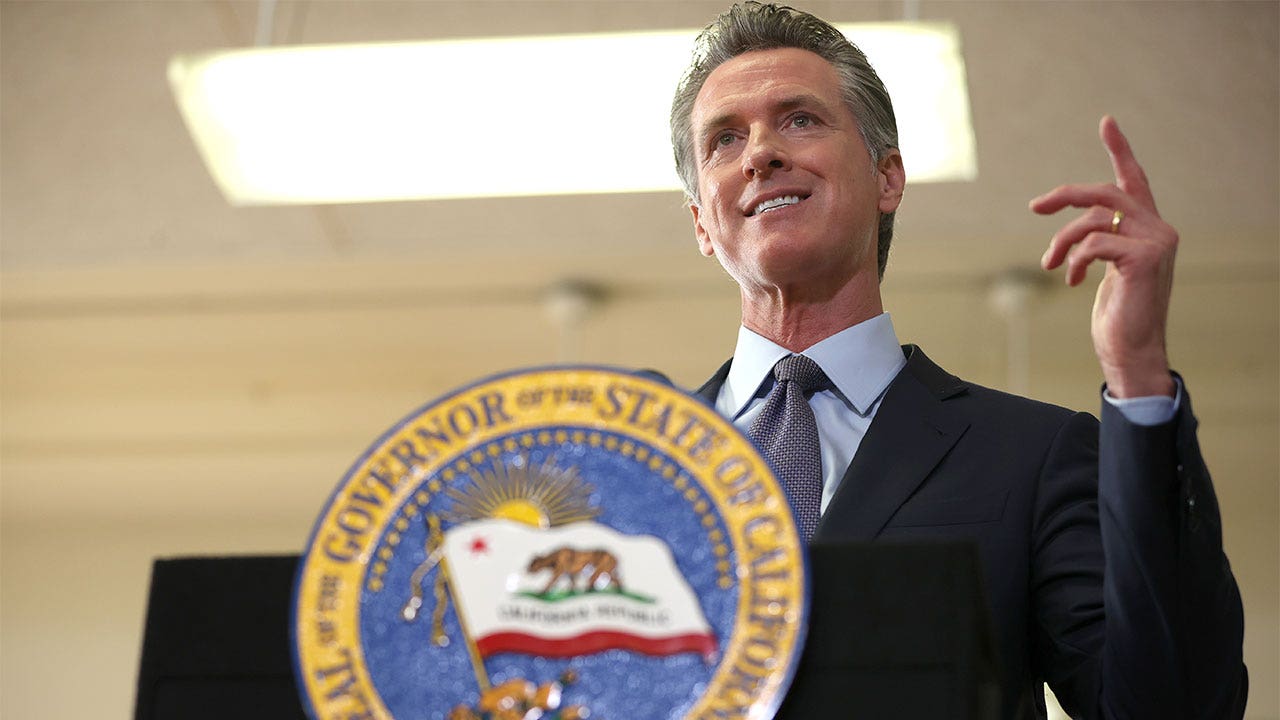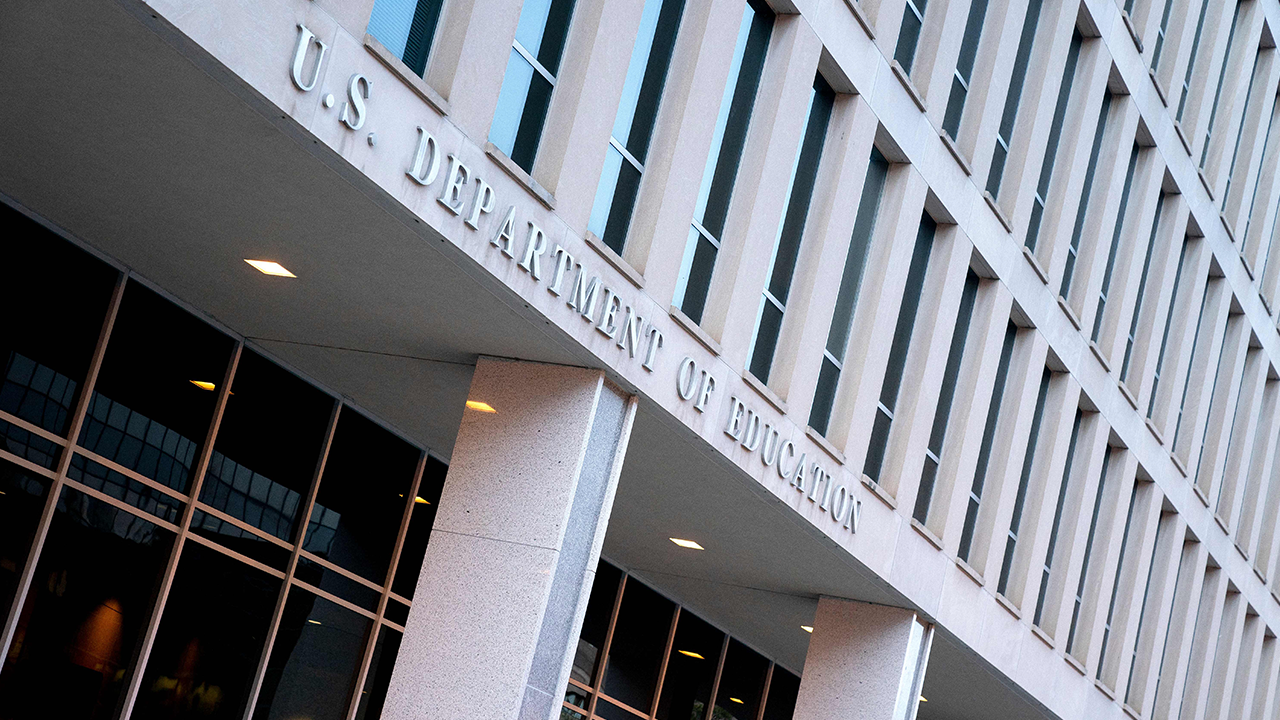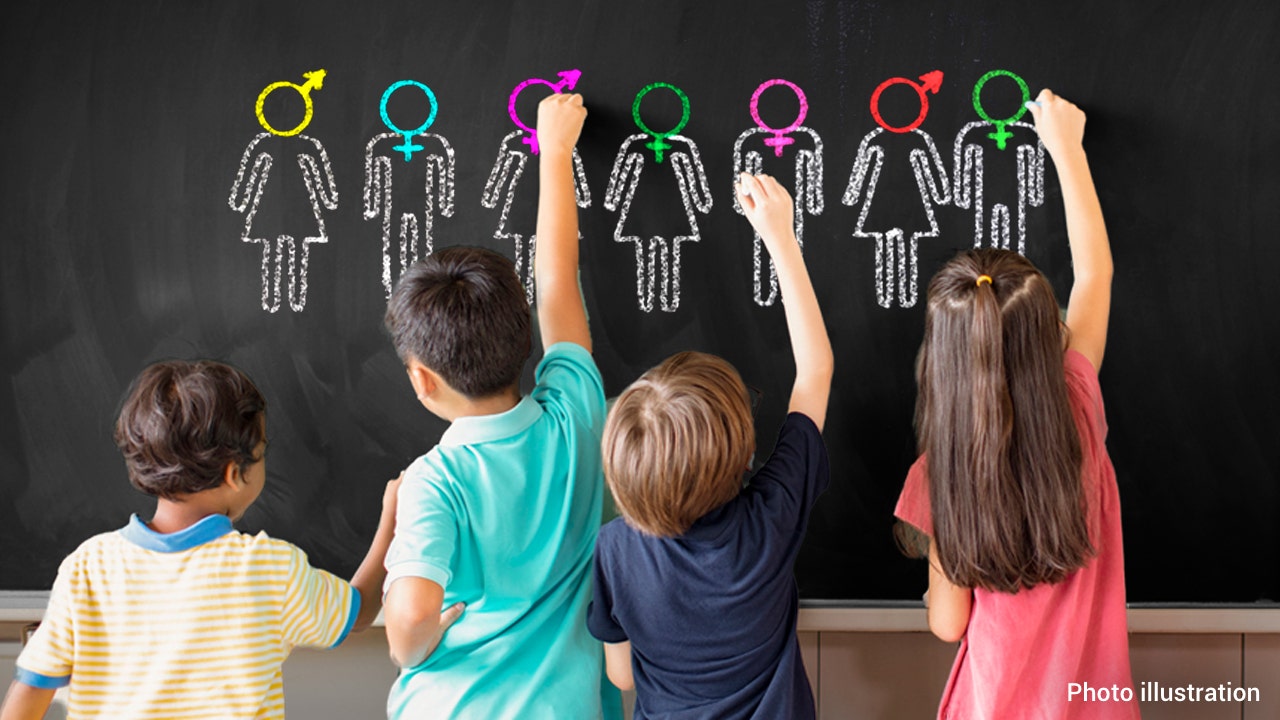It might surprise you to know I support critical race theory. Or, to be more exact, I believe it’s critical to understand – maybe more so than at any other point in our shared history in the U.S. – that there is only one race, the human race. There is no White race, no Black race, no red race, no brown race, no yellow race, no mixed race. There is one critical human race.
That’s not a theory, that’s a fact.
I’m not trying to gloss over the current controversy about what our nation’s children should beeducation” target=”_blank”> taught < of Europeans vs. savages and savages in 1871.
But the critical race theory we’re fixated on now is an academic discipline that has been prevalent in American universities since the 1970s. At its core is the belief that racism underlies everything – our legal system, education, banking, housing, even language.
Why we’re arguing about it and legislating against it now is due primarily to things that happened over the last few years.
 Video
Video
In 2019, the New York Times published its 1619 Project, a package of stories published on the 400th anniversary of the beginning of slavery in America.
“No aspect of the country that would be formed here has been untouched by the years of slavery that followed,” states the opening to the package of stories, essays and photographs that comprise the project.
The Pulitzer Center, a liberal-leaning non-profit that funds reporting in more than 150 news outlets, worked with the Times to produce a K-12 curriculum based on the 1619 Project and, according to its annual report, brought its “curricular resources to 3,500 classrooms.” Five school systems – New York City, Buffalo, Washington, D.C., Winston-Salem, NC, and Wilmington, DE – adopted the curriculum.
The nation’s largest teacher’s union, the National Education Association – the organization behind the race-shaming of beloved children’s author Dr. Seuss earlier this year – hopped on the critical race theory bandwagon.
 Video
Video
Then, in May 2020, a police officer in Minneapolis kneeled on the neck of George Floyd for nine agonizing minutes, killing him as he cried out for his mother. The country exploded, with protests erupting in cities large and small and many of these gatherings devolving into riots that caused death and destruction.
More from Opinion
- Rep. Jim Jordan: Loving America shouldn’t be controversial. So why do Dems want you to be ashamed?
- Eastman and Yoo: Dems’ unrelenting drive against Trump continues to do real harm to presidency, Constitution
- Dr. Janette Nesheiwat: COVID and our kids – under no circumstances should we close schools this year
Out of this unrest and amid calls for defunding the police came a renewed focus on how to teach children not only about the events they were seeing on their streets and screens, but about slavery and racism.
The mobs on the street, many of them woke White folks, demanded a new look at civil rights heroes like Frederick Douglass and President Abraham Lincoln. More insidiously, they would stand for nothing less than the total erasure of the contributions of our nation’s founders if they had been slave owners — which most of them were.
BEN SHAPIRO TO MSNBC CONTRIB CLAIMING SYSTEM IS RACIST: ‘YOU’VE SUCCEEDED’ IN THAT SYSTEM
People who love our country were aghast, and started to fight back against some of the things being taught in our schools. As of last month, more than two dozen states had introduced bills to curtail the teaching of critical race theory in schools.
 Video
Video
But these laws are not the answer, nor is teaching white students that they are privileged and black students that they are disadvantaged. The answer is found where it always is, in the truth.
We will never erase slavery from our past but there’s no reason to live with it in our present.
We celebrated Juneteenth as a national holiday for the first time this year. It marks the end of slavery in 1865 in Texas, the last place in the nation to free the slaves.
CLICK HERE TO GET THE OPINION NEWSLETTER
The year before that, in 1864, Rebecca Lee Crumpler became the first Black woman to earn a medical degree.
Five years after that first Juneteenth, two Black men, Joseph Rainey and Hiram Revels, were elected to the U.S. House of Representatives and Senate, respectively.
Certainly they all faced hurdles and discrimination, but they surmounted them. They paved the way for the first Black president and the first Black vice president.
 Video
Video
They weren’t defined by what held them back or who stood in their way. It wasn’t the color of their skin that propelled them, it was the content of their character. That’s what it comes down to for each and every one of us.
CLICK HERE TO GET THE FOX NEWS APP
So when I hear the term critical race theory, I say what’s critical to know is that human beings share 99.5 percent of our DNA. That’s what our students should hear from pre-school on.
We are more alike than we are different. We are one blood. We are one human race.








